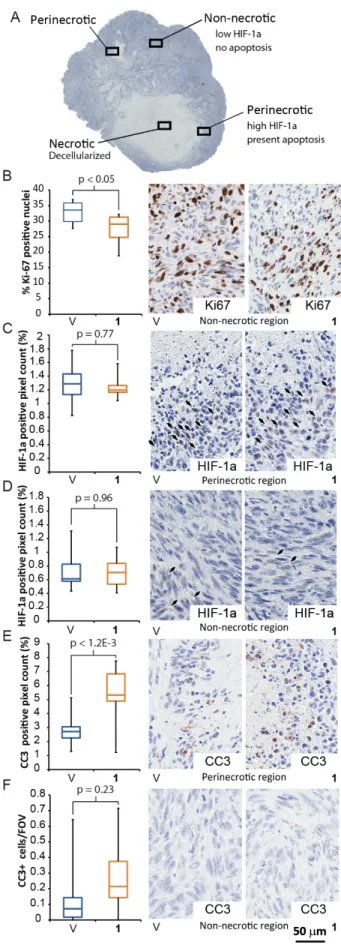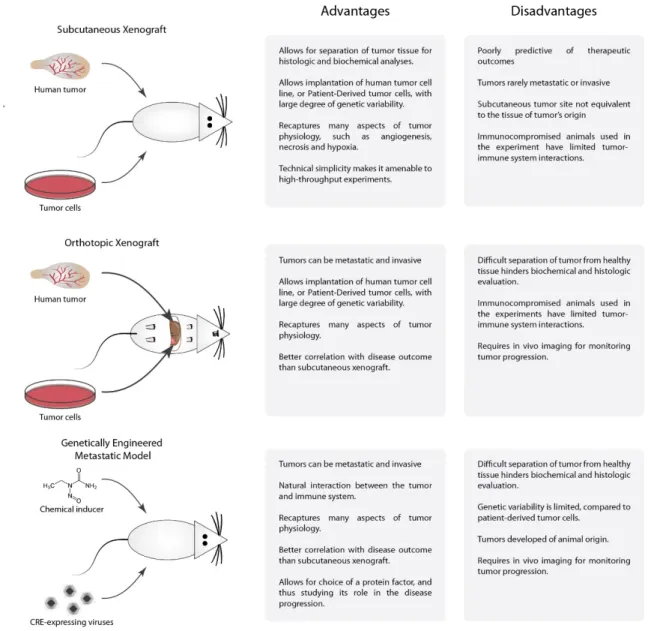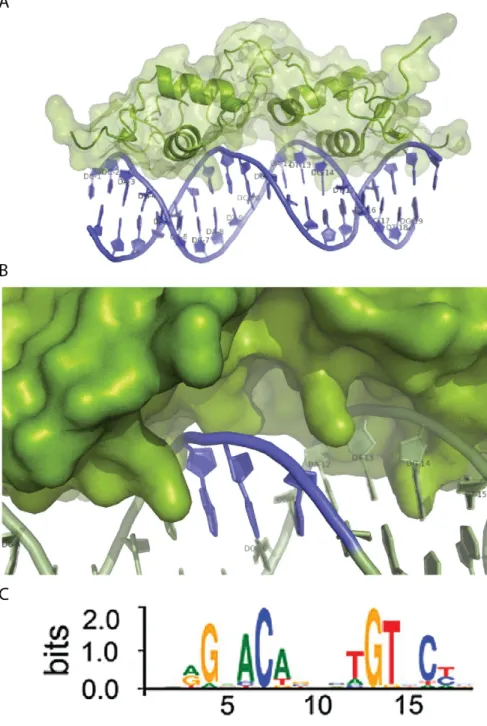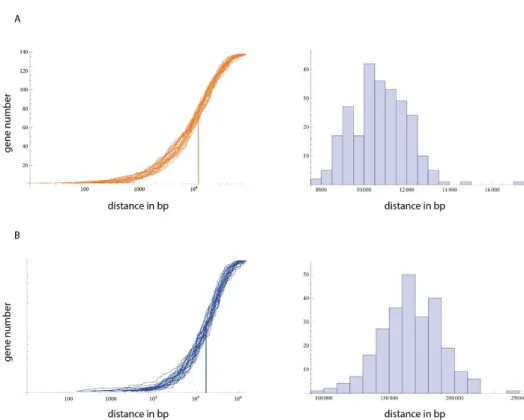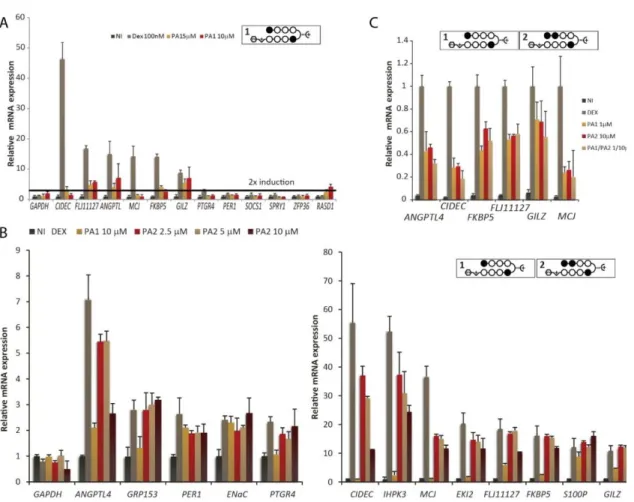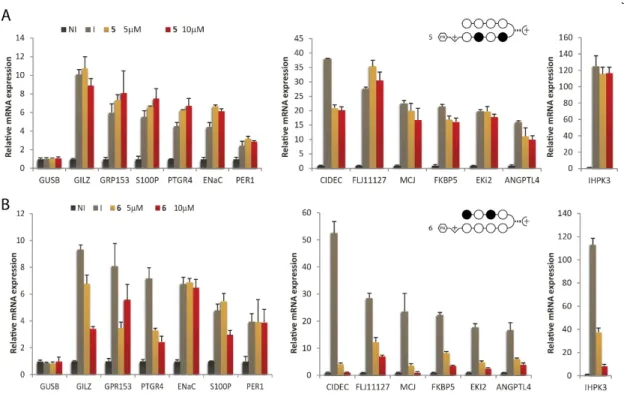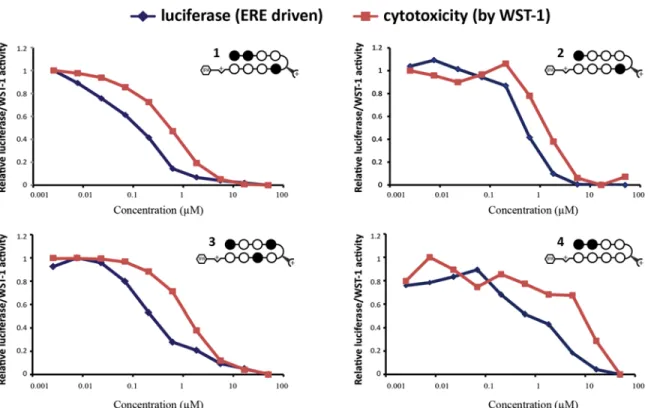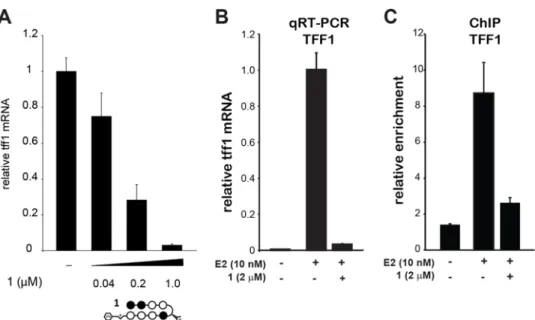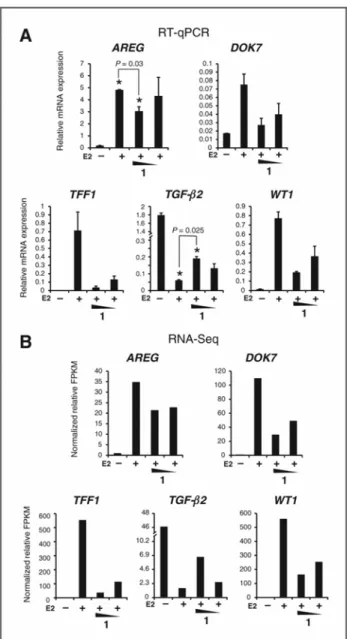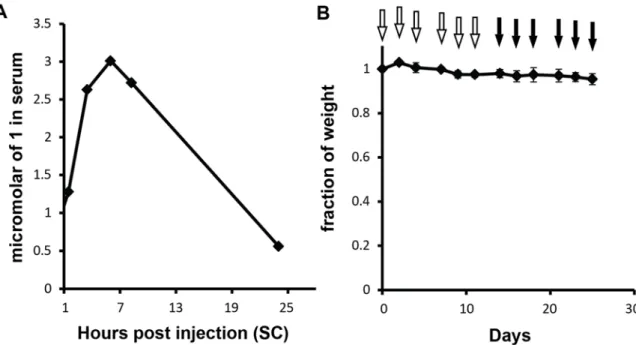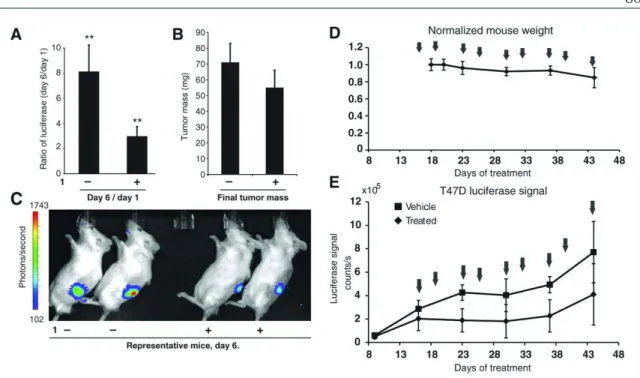One of the most important interfaces in biology—the major and minor grooves of the DNA double helix—is essential for storing and reading biological information. Molecules that bind DNA were known to biologists even before the discovery of the structure of DNA (1). One particular breakthrough made it possible to distinguish base pairs in the minor groove of DNA in a programmable and modular manner using pyrrole-imidazole polyamides (Py-Im polyamides with affinities strong enough to displace transcription factors and modulate gene expression (4-10). ).
The development of Py-Im polyamides triggered an area of research at the border of biology and chemistry, where a structurally simple biological interface – the DNA double helix – could be influenced through a. This work mainly focuses on two of the transcription factors: estrogen receptor (ER), which is involved in the progression of breast and uterine cancer, and hypoxia-inducible factor-1 (HIF-1), which plays a role in the pathogenesis of diseases, including many cancers, tissue fibrosis, chronic heart disease and age-related macular degeneration (51). Dervan PB & Edelson BS (2003) DNA minor groove recognition by pyrrole-imidazole polyamides.
White S, Szewczyk JW, Turner JM, Baird EE and Dervan PB (1998) Recognition of four Watson-Crick base pairs in the minor groove of DNA by synthetic ligands. Greenberg WA, Baird EE and Dervan PB (1998) Comparison of polyamide H-pin and hairpin motifs for DNA minor groove recognition. Herman DM, Baird EE, & Dervan PB (1998) Stereochemical control of DNA binding affinity, sequence specificity, and preferred orientation of chiral hairpin polyamides in the minor groove.
Targeted derepression of the human immunodeficiency virus type 1 long terminal repeat by pyrrole-imidazole polyamides. 2000). In this chapter, the extent of the functional selectivity of polyamides in regulation of gene expression in Glucocorticoid signaling is assessed. Recent experiments have evaluated some aspects of the selectivity of Py-Im polyamides in the genome, showing that sequence specificity may be only one factor in their genomic-DNA binding profile and the chromatin accessibility may also be important (5).
Each of the polyamides stabilized the DNA duplex upon thermal denaturation, proving its DNA-binding ability (Fig. 2.13). Dervan PB & Edelson BS (2003) Recognition of the DNA minor groove by pyrrole-imidazole polyamides. 2001) Sequence-specific recognition of DNA in the nucleosome by pyrrole-imidazole polyamides. The DNA binding affinity and specificity of the ERE-targeted polyamide was characterized in this and other studies ( 21 , 22 ).
None of the tumor-associated levels of Py-Im polyamide 1, discussed above, showed a correlation with tumor size over the window analyzed (Fig. 4.6A-D,F). Host organ levels of Py-Im polyamide 1 as a function of the subcutaneously grafted cell line. A549 Tumor levels of Py-Im polyamide 1 as a function of time (3-5 weeks), presence of the LNCaP tumor on the opposite flank (indicated as d.f.), and matrigel used to graft (+/- MG) .
Recognition of the four Watson-Crick base pairs in the DNA minor groove by synthetic ligands.
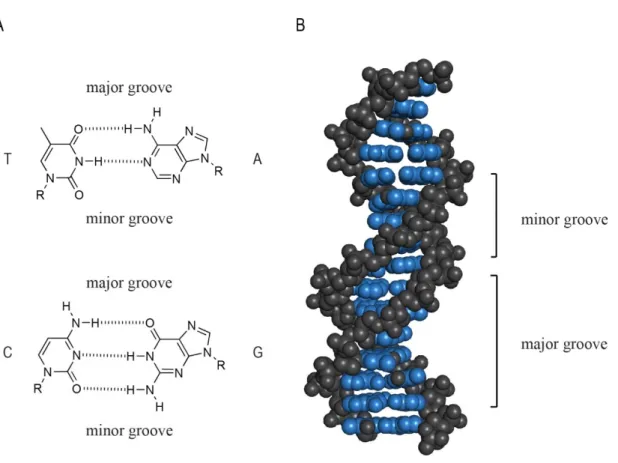
8226 cells were used to establish subcutaneous and orthotopic (bone marrow) xenografts and demonstrated potential HIF-PA-mediated antitumor effects. Cells were cultured under normoxic (22% O2) or hypoxic conditions (0.1% O2) with the indicated concentration of HIF-PA or control PA. However, in this study, the effect of inhibition of HIF-PA-mediated gene expression was not investigated for cells grown under hypoxic conditions.
To address this, we tested whether VEGF gene transcription (a known target of HIF) was inhibited by HIF-PA in MM cells. Altogether, these data support the hypothesis that HIF-PA may inhibit the HIF-mediated adaptive hypoxic response in MM. To test this, we cultured MM cells under normoxic or hypoxic conditions (0.1% O2, 72 h) in the presence of HIF-PA or control.
As an in vivo correlate of the above data, the anti-MM effects of HIF-PA were also tested in a NOD/SCID xenograft model of subcutaneous (SQ) 8226 tumors (47-49). The mice were treated every other day with 5 IP injections of HIF-PA (100nmol) or vehicle control and the change in tumor volume was measured with calipers. HIF-PA induced a significant inhibition of tumor growth in treated mice compared to control mice (p<0.05) (Fig. 6.5A).
To confirm HIF-PA uptake, an additional group of mice (N=2 mice/group) was given FITC-conjugated HIF-PA to measure compound uptake by fluorescence imaging (Fig. 6.5B). Photomicrographs of serial tumor sections from control or HIF-PA-treated mice stained for hypoxia (brown stain) and apoptosis (cleaved caspase 3). Both control (upper left panel) and HIF-PA (lower left panel) treated tumors had regions of hypoxia (brown stained areas), but the extent of hypoxia (as well as areas of necrosis) was greater in HIF- NOT treated. tumors.
Quantification of hypoxic areas (determined by area of positive staining) (10 tumors/group, 10 fields/tumor) was ~35% in nodules harvested from the HIF-PA treated mice, compared to ~18% in the tumors from mice treated with vehicle control (p<0.05) (Fig. 6.7A). HIF-PA also significantly inhibited VEGF expression in tumor lysate by ~50% compared to control tumors (Fig. 6.7C). For example, HIF-PA sensitized MM cells to hypoxia-mediated apoptosis in vitro, a situation in which VEGF and angiogenesis are unlikely to be important for MM survival.
Representative images taken on days +2, +6 and +13 show both a decrease in LUC activity and an overall shrinkage of individual tumor foci in the HIF-PA treated mice (Fig. 6.9B). 6.10, hypoxia (or treatment with the hypoxia that mimics CoCl2) induces REDD1 expression and inhibits the phosphorylation of p70S6 kinase, a downstream target of mTOR (54) (Fig. 6.10A).
